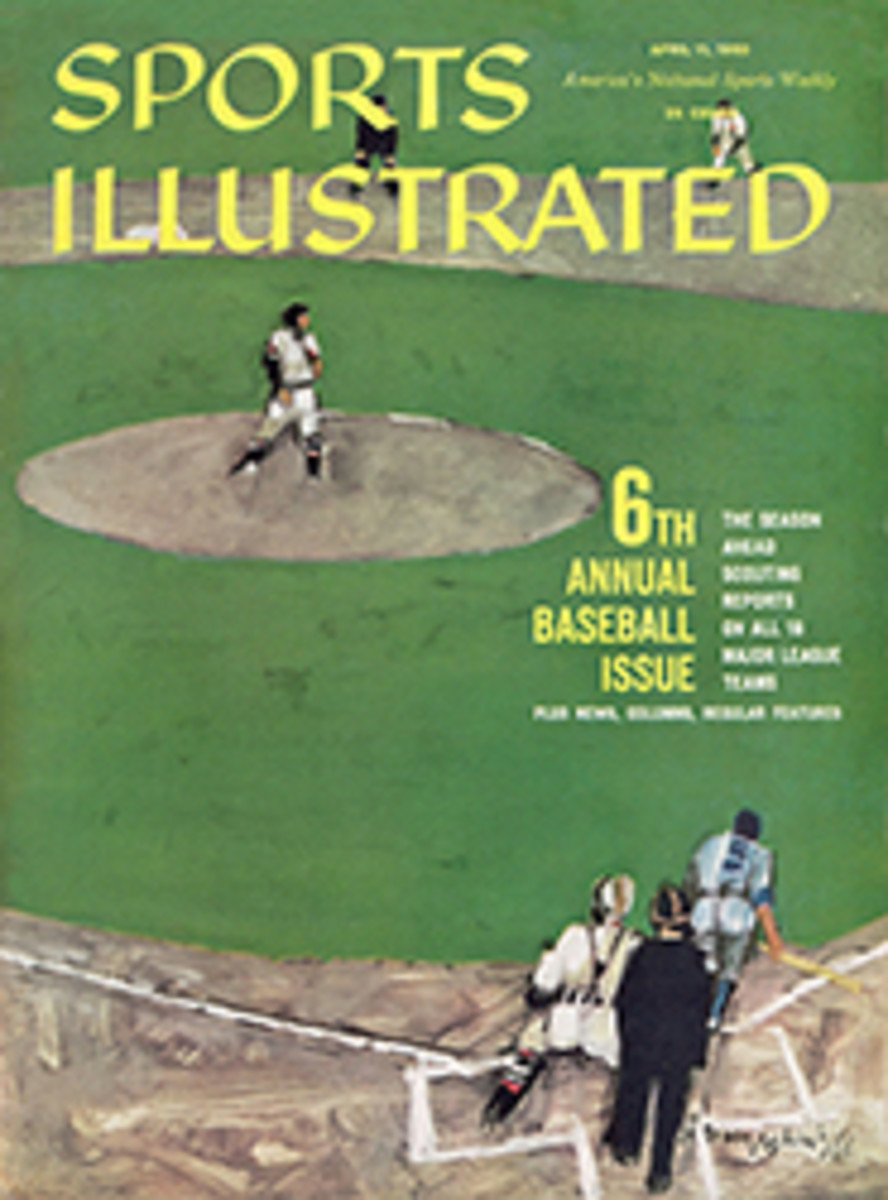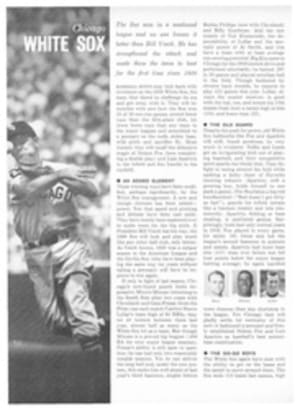
13 RECORDS IN A WATERY GRAVE
Minutes before the first event Friday night of last week's AAU national indoor swimming championships, Jeff Farrell, lieutenant j.g. of the United States Naval Reserve, was in torment. "I don't know why I keep swimming," he told no one in particular. "I don't know why most athletes don't have ulcers. I wish this was all over."
A series of announcements added awful minutes to Farrell's wait for the start of the 220-yard freestyle, and he began to twist himself into some of the odd, contorted positions swimmers use to stay loose. He rotated his feet in tiny circles, craned his neck, stretched his shoulders and shook his arms. At last, and mercifully, he was called to the starting block at the Yale University pool.
The arena at New Haven is a huge amphitheater, and under the glare of TV cameras, with 2,000 spectators looking on intently, the place had an odd, unreal quality about it of an outsized operating room. A lean 6 feet, 154 pounds, Lieut. Farrell had good reason to wonder what fates had plunked him down in the middle of this scene. It was just a year ago that he had decided to give up swimming and enter the Navy's underwater demolition training program. But when Government red tape slowed his application papers and the Navy offered its top swimmers a chance to train under retired Yale Coach Bob Kiphuth, Farrell went to New Haven instead.
It was a happy decision for the U.S.'s 1960 Olympic prospects, because Friday night Farrell boiled through his 220-yard race in 2:00.2, demolishing the American record and putting him in a class at the distance with Australia's world champion, John Konrads. A considerably more relaxed Farrell continued his fast pace the next night and set another American record, 48.2 seconds, in the 100-yard freestyle. His performance and those of the five sprinters who finished a fingernail behind him are likely to drive the early-rising Australians to their practice pools at 2 in the morning if they plan to retain the Olympic sprint and relay titles they lifted from the U.S. in 1956.
But it wasn't Farrell and the sprinters alone who gave U.S. swim fans cause for good cheer. The meet produced three nights of record breaking without precedent in U.S. swimming history. In 13 of 14 final events the listed American marks were washed under. Stanford's George Harrison, a tanned, handsome blond who is constructed like an inverted pyramid, established himself as one of the world's best all-round swimmers with an American record of 4:28.6 in the 400-yard individual medley.
In the AAU butterfly events, Indiana's husky Mike Troy powered to a pair of spectacular victories, touching out Frank Legacki in the 100 and swamping the entire field in the 220. USC's smoothly disciplined Chuck Bittick convincingly ended Frank McKinney's four-year domination of the backstroke, while Bill Mulliken edged NCAA Champion Ron Clark in a 220-yard breaststroke final in time that places both athletes in the top rank of world swimmers. And a tall Indiana freshman, Alan Somers, gave promise of even better days ahead by driving himself to a 4:22.6 quarter mile. His pace was so fast that his coach, Jim Counsilman, shouted, "He'll never finish." The once magic phrase, "A new American record," droned from the loudspeaker with such regularity that it might have been monotonous, but the enthusiasm of the swimming-wise crowd grew with each success.
Aside from the records, which stamp the U.S. as a gold-medal contender in six of this summer's eight Olympic swimming events, the meet was significant in another way. It marked the ascendancy of a part-time sports-writer-turned-coach named Peter Daland, whose University of Southern California varsity added the AAU team title to the NCAA crown it had won the week before. Completing his third season at USC, Daland operates on a daily schedule so tight that he eats his lunch while driving 55 miles an hour on the Los Angeles freeways. Daland, 38, married and the father of two young sons, has deep-set eyes, a brush haircut, a ready smile and the alert head movements of a parakeet at suppertime. He is a traveling salesman—firstly for swimming, and secondly for swimming in California. Except for Australian Olympic Sprint Champion Jon Henricks (who, incidentally, failed to qualify in either the 100- or the 220-yard freestyle), the strength of Daland's USC team consists entirely of a proud band of southern California natives. They are the first wave of a rapidly growing program known, unimaginatively, as age-group swimming. The cumbersome phrase denotes simply a "start-'em-young" system similar to the one that has produced Australia's fine swimmers.
An assistant at Yale to Kiphuth for many years before he landed a coaching job at the Los Angeles Athletic Club in 1956, Daland has had an important part in this nationally developing program. To win the team title from Kiphuth's New Haven Swim Club (which included the Navy swimmers), some members of the USC varsity had to swim as many as 10 grueling events. Like other top swimmers today, they can survive the punishment because they have grown up to accept training routines that would have caused most coaches, only a decade or so ago, to throw up their hands and shout: "Impossible. The boy will explode." But with more and more coaches like Daland ("I'm eternally dissatisfied. We always hope to do better") to push them, and haunted by the knowledge that only the strongest will make the trip to Rome, American swimmers are proving they can match strokes with the best in the world.
PHOTO
ART RICKERBY
RIDING HIGH IN WATER, POWERFUL-STROKING JEFF FARRELL OF THE U.S. NAVY GULPS DEEP BREATH AS HE SPEEDS TO AN AMERICAN RECORD OF 48.2 SECONDS IN THE 100-YARD FREESTYLE AT NEW HAVEN POOL. EARLIE, FARRELL BETTERED MARK FOR THE 220

